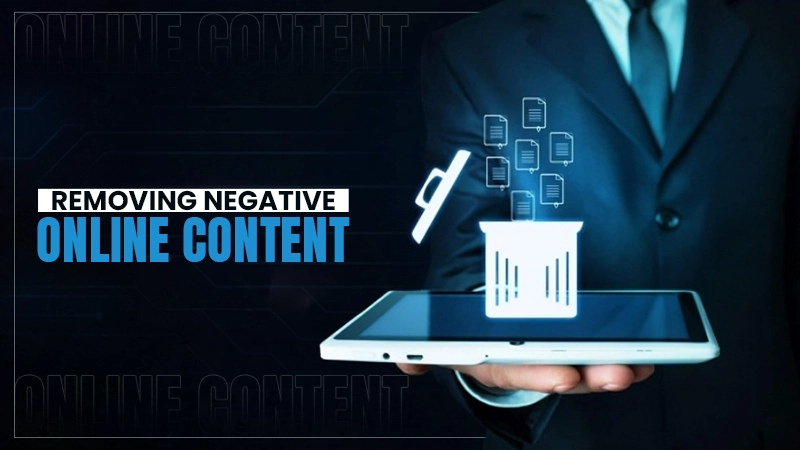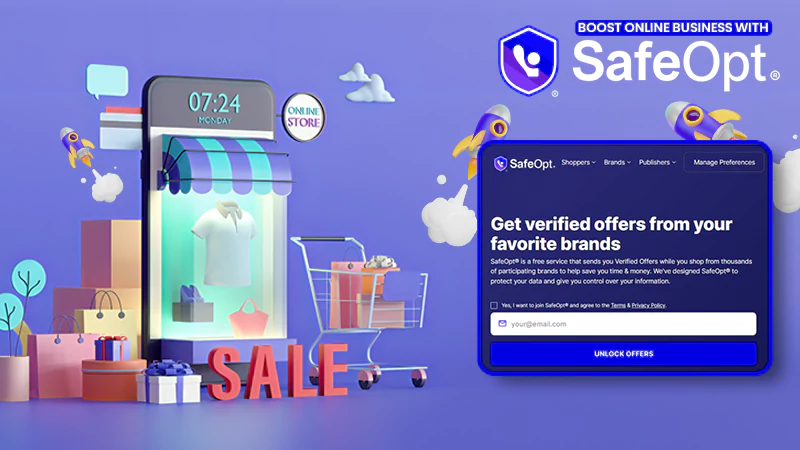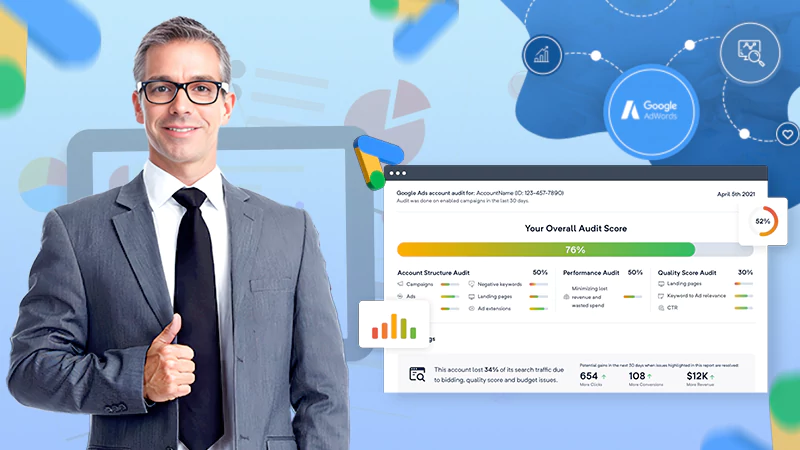Benefits of System Integration for Call Centers
Call centers and other businesses rely on various applications to run their operations efficiently and successfully. Back in the day, you need to download and install multiple applications on the computer for your various needs. You then need to access them individually, which means going back and forth with your tools. Fast forward to today, many applications now allow integration, so they can work with each other, providing convenience. Although not all software applications offer this feature, you may want to invest in those that do for your call center operation. Here are the advantages of software integration.
It is More Convenient
As mentioned, agents need to open the tools separately when they are not integrated, which is time-consuming and inconvenient. Software integration allows them to access the applications in one place to conveniently use them without opening several tools. It saves time, and they can also quickly find what they are looking for, which leads to faster issue resolution. For instance, if a client calls and he’s having trouble accessing his account, you can conveniently check if there are known system issues that your company is aware of and is already working on. If there’s none, you can check the history to determine what solutions have already been tried and decide the best thing to do next.
Improves Sales
Agents doing outbound sales calls have everything they need in one window. Time is valuable when talking to potential clients, especially for cold calls. Having the information and tools they require for the call ready gives them better chances of turning their leads into sales. For example, your call center may use predictive dialer software like those from Convoso, which automatically dials leads and transfers successful calls to available agents. This dialer can be integrated with other applications, like a CRM, so agents can find customer information to understand them better or get updated information on discounts or prices, allowing them to give real-time and correct figures.
It Boosts Productivity
Agents will have what they need with just a click of a mouse. Since they are properly equipped, they can do their job quicker and more effectively, increasing productivity. They can help more customers, or for outbound sales, they can close more sales since they can cover more calls. Agents have performance indicators to meet, which usually include the average handle time. For instance, the company may require them to have at least an average of 14 minutes for their calls. So, the average of their total calls should meet that or even be faster. Having to navigate different applications can add up to their time, making it more challenging to meet the set average handle time for the calls. However, if there’s system integration, the tools are readily available, thus saving time and making the goal more achievable.
Easier Monitoring for Managers
Managers and decision-makers can also benefit from software integration. They can see the status of their agents and the calls in real-time, so they can determine if they are on the right track and hitting their goals or if the performance is going down. This information can help them decide what to do to ensure a smooth operation. For example, an integrated monitoring tool will tell them which agents are on call, their average call time, and how many calls they have made. They will see those who are unproductive and check them immediately to see what’s going on. Also, if some agents are absent, they could immediately make adjustments to the queue or make a plan on how to handle the calls strategically. The same goes for a sudden influx of calls on a specific department. Managers can transfer agents to that queue who are trained to handle them. Without system integration, they might be too busy with other tasks that they might forget to check the calls. But it’s hard to miss if it’s on the interface, so it’s easy to check regularly.
Improves Communication and Collaboration
Team members may also need to collaborate or communicate with each other, and software integration makes this easier. For instance, if a system issue comes up, team leaders can let the members know through their communication tools. Since they are integrated with their dialer application, they will still be updated even while on a call. So, they will be aware and know what to do if they encounter the said problem.
Increases Customer Satisfaction
Since their issues are resolved quicker, or they get the answer to their queries faster, more customers are satisfied with the service. Every company aims to satisfy its clients, and system integration can help you achieve that in your call center. They don’t have to keep calling back for the same issue, preventing the queue from piling up and thus allowing agents to help other clients. It’s also beneficial for the mental health of the agents as this will lessen the times they have to deal with angry clients. Constantly dealing with frustrated customers can take a toll on the agents. They could feel stressed and easily burn out, affecting their performance. If the campaign gets toxic, it could lead to the agents leaving the company. It’s not something you want to happen because you will be short-staffed. Moreover, you need to spend time, money, and effort again on hiring and training new employees.
Strengthens Customer Loyalty
Since customers are happy with your service, they will stay with you and keep doing business with you. Unfortunately, some companies are too focused on getting new clients that they forget about the importance of nurturing their relationships with the existing ones they have. There’s nothing wrong with getting new clients since it’s for the company’s growth. However, you should also give the same attention and effort to keeping your existing clients. Their continuous support of your business will help keep it going.
Get New Clients
Satisfied customers will happily recommend your company to other people. Word of mouth is still the best form of advertisement, especially since it comes from the first-hand experience of the people sharing. In the digital world that we are living in, it’s easy for customers to speak their minds. What they say has a huge impact on your business. It can significantly affect the perception and purchasing decisions of those reading it. So, if people read positive reviews or feedback about your company and service, they are likely to try what you offer.
Eliminate Duplicate Customer Accounts
If you use various tools, you may have duplicate customer accounts, and it can be confusing which one to update or use. Having your applications in one system makes finding duplicates easier, removing the other copies, and keeping just one. In addition, it will free up your resources, and you can be sure that everyone can access only one account, which is the updated one.
It is Scalable
The business needs may change in the future, and system integration makes it easier to adjust to these changes. So, if you need a new feature or tool to meet your operational requirements, you can find one to integrate with your current system. In addition, agents and managers wouldn’t have a hard time learning its use because it’s integrated into the same system you have, so they will be familiar with the user interface.
It Improves Data Security
Saving data in a spreadsheet isn’t safe. There’s a higher risk of unauthorized access and the chance of accidentally sending it to incorrect recipients. In an integrated system, your data is saved in a database, making it more secure. Moreover, accessing customers’ accounts will pull up data related to them, so there’s a slimmer chance of sending data to the wrong person. Users have login details, which they need to access the system, keeping it safe from illegal access.
You might need applications in your operation that allow the integration of other tools. For example, your CRM software lets you add other applications, like email, chat, and accounting tools, so that you can access them on the same interface. You can also have an integrated system designed or built, which combines all the applications you need in one software. Here are the steps on how to do that.
- Analyze the needs of the company. List the tools you currently use, their function, and if they are still needed in your operation. You might have applications you had before that you no longer need, so you can remove them from the equation. Consider the additional features you require now, so they can be included in the system. Some of the common applications the call centers need are the following:
- A dialer to make and receive phone calls. As mentioned, there are auto-dialers that automatically dial the numbers of the leads and transfer connected calls to available agents.
- Call reporting and monitoring applications that managers use to see the performance of agents. There are also tools that let them listen to the calls in real time for training and quality-checking purposes.
- A caller information screen that immediately shows important details about the callers, like their name, position, company, address, and email. Agents will be aware of these important details, which will help them provide more efficient service.
- Chat and email are for call centers that also offer these support platforms. It’s best to provide clients with various ways to reach you besides phone calls, so they can choose what’s most convenient for them.
- The architect for the system will then create its structure, serving as its blueprint. The applications should be in different layers so that if you need to remove one, it won’t affect the other applications.
- The design phase involves the creation of the user interface. Since different people will use it, it should be user-friendly, even for those who are non-tech savvy.
- The developers build the integrated system based on the structure and design made in the previous stages.
- Once done, it’s time to apply it in your operation. Of course, training is needed so agents and managers will know how to use it efficiently.
Not all system integration is smooth sailing. You may encounter issues along the way. Here are some tips to make yours a success.
- Avoid overcomplicating it. Focus on what your business needs now. While it’s helpful to forecast what might happen in the future, it could make things complex regarding system integration. So, instead of trying to put all the features that you think you might eventually need, list your current needs. These are the only things you are sure you require for your operation, thus making developing your integrated system easier and faster. You can always add more features or applications whenever there’s a need for them.
- Automate as much as possible. Automation makes processes quicker, and it also lessens the risks of errors. So, automate repetitive tasks, which will also boost agents’ productivity as they don’t have to do those things manually. Examples are auto-populating forms with customer details since you already have those saves in the database. Canned responses that answer frequently asked questions can also help shorten the handling time.
- Ensure security. Security is vital when you deal with sensitive information, like personal and banking details. The system must be secured and ensure that only the right people can access it. Besides having their login details, agents should only be limited to accessing features they need for their tasks. Managers or supervisors may have other tools that only they have access to, including those used for monitoring.
- Test and monitor its performance. Select some agents and managers to test the system. During this stage, you’ll see if there are errors that need to be fixed. You can also gauge how user-friendly it is. Those who tested it should give their feedback to improve the system further. Before rolling it out to the entire company, ensure that everyone undergoes proper training on its use. Keep monitoring the system because it’s only through continuous use that you get to test it thoroughly. Ask users to let you know if they encounter any issues so the developers can fix them.
System integration ultimately leads to customer satisfaction, which in turn helps boost sales and retention.
The Challenges and Benefits of Removing Negative Online…
Unlock the Simplest Way to Access LaSRS Login…
Strategic Wins: How SafeOpt Can Boost Your Online…
5 Reasons Why Marketing Matters in Business?
Google Ads: What Are the Basic Checklists to…
The Crucial Role of Press Releases in a…
8 Best Tech Tips to Implement for Better…
Fax Machines in the Digital Age: A Sustainable…
Breaking Barriers: The Power of Business Translation Services
Why Do Businesses Need a Dedicated Mobile App?
The Role of Onboarding in Improving Employee Retention…
3 Major Benefits of Onsite IT Support












